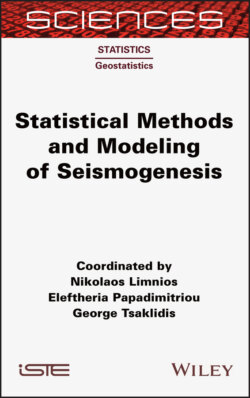Читать книгу Statistical Methods and Modeling of Seismogenesis - Eleftheria Papadimitriou - Страница 20
2
Earthquake Simulators Development and Application
ОглавлениеRodolfo CONSOLE1 and Roberto CARLUCCIO2
1CGIAM, Potenza, Italy 2INGV, Rome, Italy
In the last 20 years, thanks to the steady increase in computing power, many earthquake simulators were developed, capable of generating synthetic earthquake catalogs spanning up to hundreds of thousands of years. Physics-based simulators are useful supports for improving overall testing procedures of earthquake forecasting. This chapter deals with the concepts that earthquake simulators have been built on, and gives examples of applications of such simulators to real fault systems, comparing them with observed seismicity. Section 2.2 includes a review of the most popular algorithms applied in earthquake simulators, as they are described in the available seismological literature. Earthquake simulators differ in the type of methodology developed within them and in terms of the geometry type of the patches used in the definition of the earthquake sources. There are simulators that are essentially based on the fit of the Gutenberg–Richter distribution as well as those that incorporate the stress interaction between faults, adding the rate- and state-dependent fault constitutive properties for the sliding strength of faults, and adopting more sophisticated types of loading conditions. Section 2.3 is devoted to the evolution and a detailed description of a special kind of simulator, with the aim of obtaining, as much as possible, simulated earthquake catalogs resembling the real ones in terms of the size distribution of the events and their space-time patterns. Finally, section 2.4 gives an example of application of the above-mentioned simulator for the Nankai mega-thrust fault system, with particular emphasis on the study of the stress evolution on the fault surface during numerous repeating earthquake cycles.
